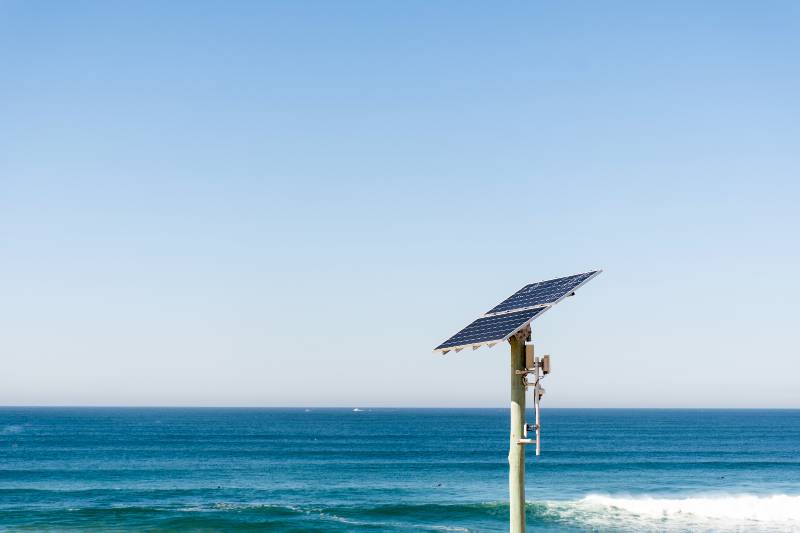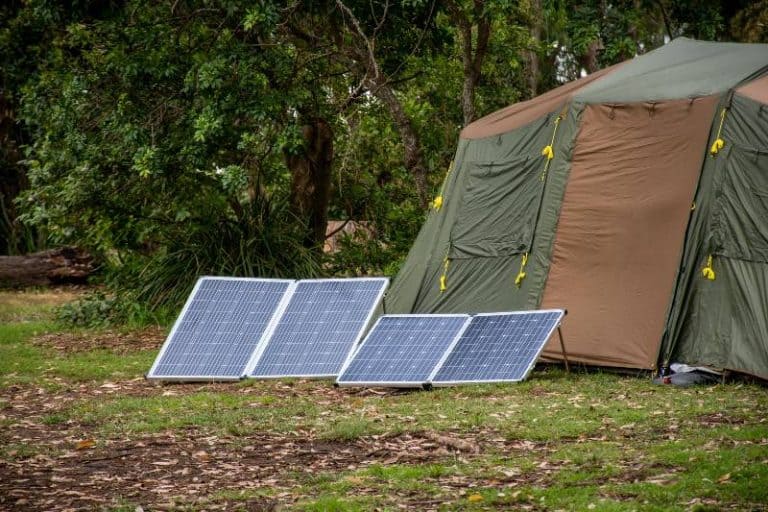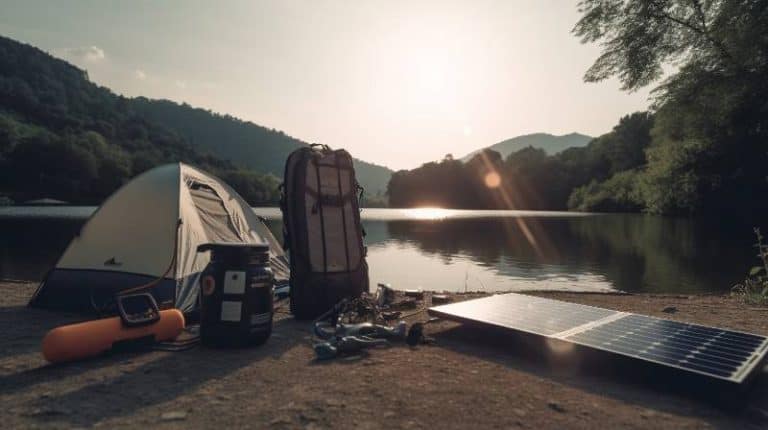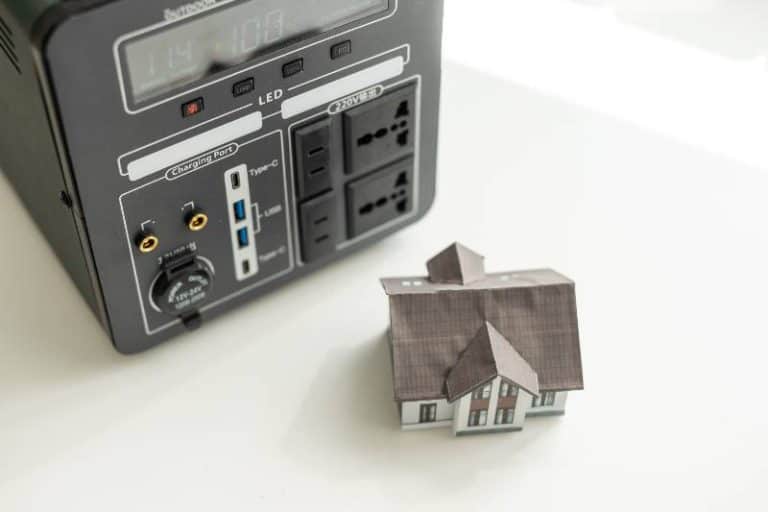Passive Solar Energy: Sustainable Living Made Simple
Are you looking for a reliable and renewable source of energy? Passive solar energy could be the perfect solution. This natural form of power harnesses the sun’s rays to generate electricity or heat, giving you access to an unlimited resource while also reducing your own carbon footprint. With passive solar energy, you can enjoy affordable and efficient green energy right in your own home or business – it doesn’t require complex technology or costly maintenance! In this blog post, we’ll discuss how passive solar works, its potential applications, and what makes this renewable source so appealing.
Passive solar technologies use sunlight to produce heat and ventilate living spaces without relying on mechanical or electrical devices. This results in a natural and energy-efficient way to regulate indoor temperatures.
Key Takeaways
- The energy from the sun can be harnessed by passive solar energy systems to heat, cool, and illuminate our buildings. These clever following a passive solar heating design (and for cooling)are not only efficient and eco-friendly but also a shining example of a sustainable future.
- Passive solar energy systems can be incorporated into both new and existing buildings, making them an ideal solution for anyone who wants to reduce their carbon footprint.
- Passive solar energy is a natural and cost-effective source of renewable energy that doesn’t require complex technology or expensive maintenance. If you want to utilize this type of energy, it’s definitely worth considering.
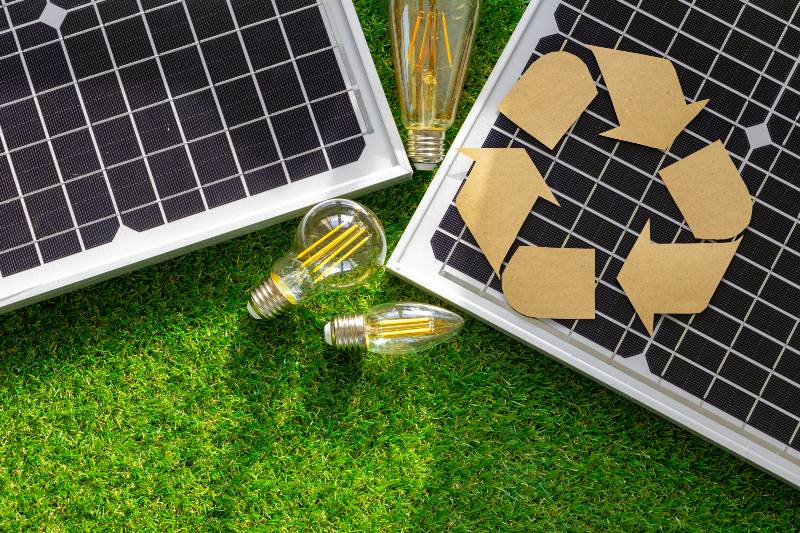
Benefits of Passive Solar Energy
Environmental benefits
Using passive solar energy as a source of power has a multitude of benefits, not just for homeowners and businesses, but also for our environment. One of the most important benefits is that it is a completely clean and sustainable source of energy, which means that it can be used indefinitely without any negative impact on the environment. Unlike non-renewable sources such as oil and coal, the sun’s energy is a constant and free resource that we can harness in a variety of ways.
By using this energy source, we can reduce our reliance on fossil fuels and limit our carbon footprint, thereby preserving the health of our planet and protecting it for future generations. So not only does using passive solar energy benefit us today, but it also ensures a brighter and cleaner future for our planet.
Energy savings and cost-effectiveness
Passive solar energy is not only environmentally friendly, it can also be a smart financial choice. Using passive solar heating systems to heat and passive solar cooling techniques to cool your home can greatly reduce your energy bills. By designing your home to take advantage of natural sunlight and shade, you can make the most of the energy that nature provides.
Additionally, passive solar systems often require less maintenance than other heating and cooling systems, which can save you money in the long run. Not only will you be saving money, but you’ll also be reducing your carbon footprint. Using passive solar heat is a win-win situation for both your wallet and the environment.
Comfort and indoor air quality
Passive solar energy design can significantly improve indoor comfort by providing consistent, even temperatures throughout a building. This is achieved by using design strategies such as south-facing windows, orienting the building to maximize southern exposure, using high-performance windows, and incorporating thermal mass materials like concrete or masonry to absorb, store, and distribute heat. The result is a building that stays warm in the winter and cool in the summer, reducing the need for heating and cooling systems and creating a more comfortable living or working environment.
Moreover, passive solar design can also improve indoor air quality by reducing the need for mechanical ventilation systems. When a building is designed to maximize natural ventilation, the air is naturally exchanged with fresh outdoor air, reducing the buildup of pollutants and allergens. Additionally, passive solar design can reduce the need for artificial lighting, which can generate heat and contribute to poor air quality. By reducing the reliance on mechanical systems, passive solar design can create a healthier indoor environment for building occupants.
Key Passive Solar Design Strategies
Orientation and window placement
When it comes to passive solar design strategies, one of the most important factors to consider is orientation. Proper orientation ensures that your home can capture the most sunlight throughout the day, maximizing its ability to warm and light your living spaces. Additionally, window placement is also critical. Placing windows on the south side of your home will allow the most sunlight in, whereas windows on the north side should be minimized.
Strategic window placement can also help regulate temperature and allow for natural ventilation. By being intentional with your orientation and window placement, you can create a comfortable and energy-efficient living space that works in harmony with the sun’s natural movements.
Thermal mass and insulation
Thermal mass and insulation are two key passive solar design strategies for maintaining a comfortable indoor temperature while reducing energy costs. Thermal mass refers to the ability of materials to absorb and store heat, such as concrete, brick, or stone. By incorporating thermal mass into a building’s design, it can serve to regulate temperature fluctuations throughout the day, reducing the need for heating or cooling systems.
Insulation, on the other hand, helps to resist the transfer of heat between the interior and exterior of a building. This reduces the amount of energy needed to maintain a comfortable indoor temperature, resulting in lower heating and cooling costs. By combining these two strategies, buildings can become more energy-efficient, environmentally friendly, and wallet-friendly for their occupants.
Ventilation and shading
Getting the most out of passive solar design doesn’t have to be complicated. When it comes down to it, two key factors play a major role: ventilation and shading. By ensuring your space has adequate airflow – achieved by strategically designing window placements or utilizing natural techniques like cross-ventilation – you can achieve optimal temperature regulation in your home year-round!
Proper shading is important to prevent excess heat during summer. This can be achieved by using exterior devices such as awnings or using vegetation for shade coverage. By following this simple step, you can maintain comfortable indoor temperatures throughout the summer.
Examples of Passive Solar Buildings
Residential homes
Passive solar buildings are designed to capture and use solar energy for heating, cooling, and lighting without relying on active mechanical systems. Residential homes are an excellent example of passive solar buildings as they are often designed to optimize the amount of natural light and heat that enters the building while minimizing the amount of energy needed to maintain a comfortable indoor environment.
Passive solar homes typically have large windows or glass doors on the south-facing side of the house to maximize solar gain during the winter months. The windows are often designed to be shaded during the summer months to prevent overheating. The roof of the house may also be designed to accommodate solar panels to generate electricity.
In addition to maximizing solar gain, passive solar homes are also designed to be well-insulated and airtight to minimize heat loss during the winter and prevent overheating during the summer. The use of natural materials such as wood, stone, or adobe can also help regulate indoor temperatures and improve energy efficiency.
Commercial buildings
Passive solar principles can be integrated into commercial building design to decrease energy usage and cut operational expenses. These buildings utilize the sun’s natural energy for lighting, heating, and cooling indoor areas. Several instances of commercial buildings featuring passive solar design include:
The Bullitt Center in Seattle, Washington
This is a six-story office building that was specifically built to be the most environmentally friendly commercial building globally. Large windows on the south-facing side of the building open up to let in sunlight and heat up the interior during the colder months. Additionally, a solar array installed on the rooftop produces enough energy to power the entire building.
The David L. Lawrence Convention Center in Pittsburgh, Pennsylvania
The convention center is designed with passive solar measures to lessen energy use. It features a distinctive roof design that gathers rainwater for irrigation and toilet flushing. Moreover, a sizeable glass exterior permits natural light, lessening the necessity for artificial lighting.
The Manitoba Hydro Place in Winnipeg, Canada
This is a 22-story office building that was specifically designed to be highly energy-efficient and is one of the most efficient buildings in North America. Its unique shape allows for maximum solar exposure, and it utilizes a triple-pane glass system to reduce heat loss. Additionally, the building has a green roof that serves as insulation and helps to reduce stormwater runoff.
These are just a few examples of commercial buildings that incorporate passive solar design principles. By using the natural energy of the sun, these buildings can reduce energy consumption, lower operating costs, and create a more sustainable future.
Tips for Implementing Passive Solar Design in Your Home
Retrofitting existing buildings
Are you thinking about implementing passive solar design in your home but don’t know where to start? Retrofitting existing buildings can be a great way to save money and reduce your carbon footprint, but it can also be a daunting task. Fortunately, there are plenty of tips and tricks that can help make the process easier. First, start by assessing your home’s current energy consumption and identifying areas where improvements can be made. Next, focus on adding insulation, sealing air leaks, and upgrading windows and doors to reduce heat loss.
Working with architects and builders
To fully maximize the potential of your passive solar design, it’s crucial to enlist the help of architects and builders specialized in this field. With their expertise, you can rest assured that your home’s orientation, layout, and materials are all optimized for peak energy savings.
Assessing your property’s potential
When it comes to implementing passive solar design in your home, assessing your property’s potential is the crucial first step. This means taking into account factors like your home’s orientation, size, and location relative to the sun’s path. A professional assessment can help you determine how much sunlight your home receives throughout the day and which areas have the most potential for natural lighting and heat.
Did you know that solar panels can actually help you fight inflation? Check out this article where I discuss how they can help in today’s world!
What Is Passive Solar Energy FAQs
Can passive solar design be applied to existing buildings?
Passive solar homes with isolated gains often have a sunspace that can be closed off from the house by doors, windows, and other operable openings. An existing home or a new one can be enhanced with a sunspace, also known as a sunroom, solar room, or solarium.
How do I know if my property is suitable for passive solar design?
It is crucial to seek the advice of professionals such as architects and engineers, who can offer valuable assistance.
What is the difference between passive and active solar energy?
Solar energy may be harnessed in two ways: through active or passive systems. With passive systems, design elements, materials, and placement are optimized to directly harness heat or light from the sun. Active systems, on the other hand, convert solar energy into other useful forms, such as electricity or hot water.
How much can I save on energy costs with passive solar design?
Buildings that incorporate passive solar heating or cooling design can achieve up to 90% greater energy efficiency, compared to those that don’t. These passive houses ensure reduced energy wastage while providing comfortable living spaces.
Are there any government incentives for using passive solar energy?
You can benefit from federal tax advantages if you switch to solar energy. For 2019, you can receive a credit of 30%. The credit will decrease to 26% in 2020 and 22% in 2021. Remember that the deadline to take advantage of this opportunity is December 31, 2021. Be sure to look for additional state and local incentives as well.
Conclusion
It is important as citizens of the world that we embrace a more sustainable and renewable type of energy. Solar energy has proven to be one of the most efficient and economical ways to do this. Passive solar energy systems offer an excellent opportunity to reduce our collective carbon footprint but also to forge a brighter and eco-friendly future for us all.
However, in order for passive solar energy systems to succeed, it is essential that we are informed about their benefits and are open to embracing them in our homes and businesses. It is why I encourage you all to invest some time in researching passive solar energy systems and sign up for our newsletter today!
Here, you will find the latest in sustainable advances when it comes to solar power so you can rest assured knowing you are making a difference when it comes to conserving our planet’s resources.
